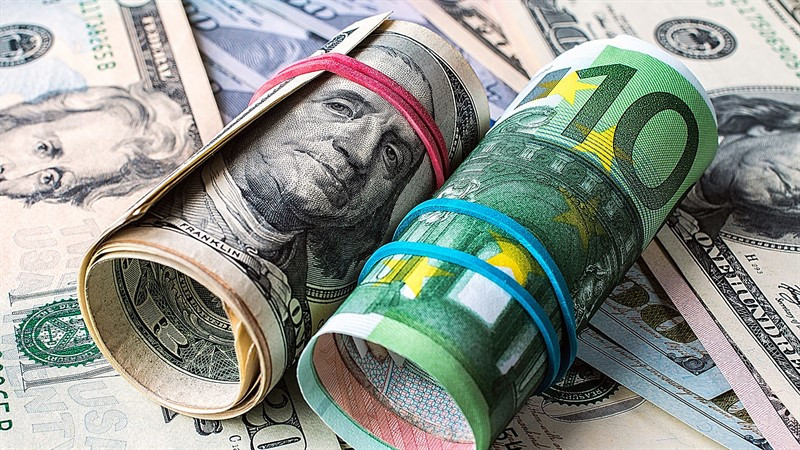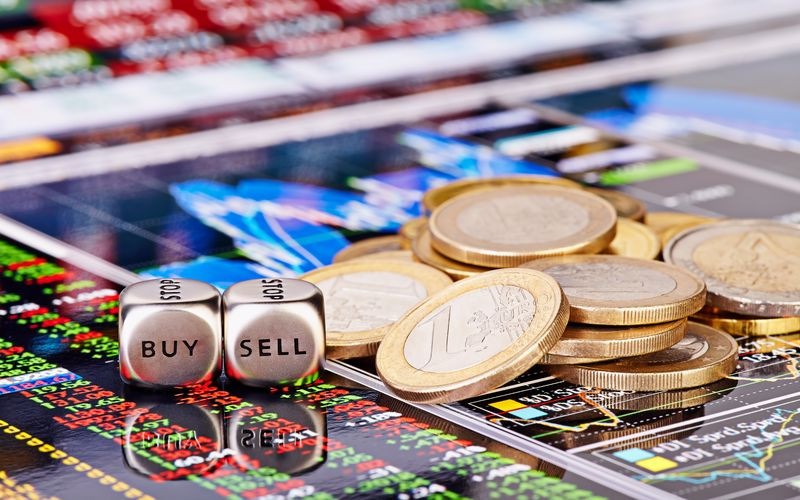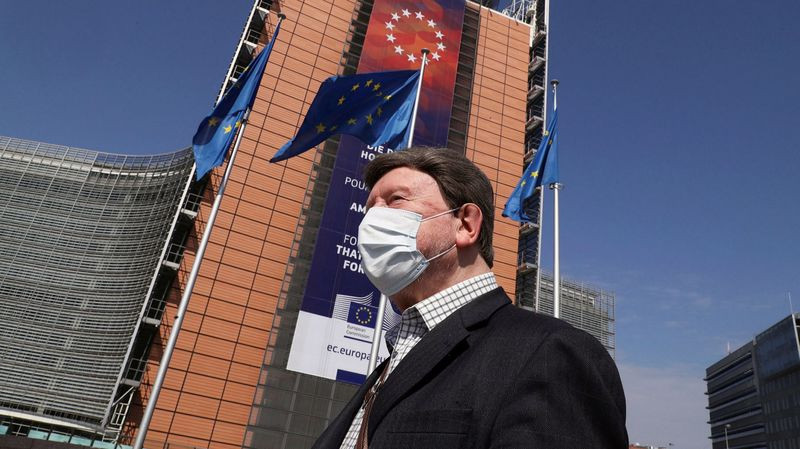
The greenback left behind four consecutive days of decline, rising by more than 0.5% to 105.60 on Friday.
The dollar's reversal was facilitated by the hawkish comments of Federal Reserve officials, who made it clear that they would continue tightening monetary policy.
Thus, the president of the Federal Reserve Bank of San Francisco, Mary Daly, said that it is too early for the US central bank to declare victory in the fight against high inflation, despite the optimistic data on the dynamics of consumer prices in the United States in July.
Recall that inflation in the country last month slowed to 8.5% in annual terms from 9.1% in June.
In response to this data, traders have cut bets that the Fed will increase the cost of borrowing by 75 basis points at its September meeting, and now consider raising rates by half a point as a more likely option.
Money markets estimate the chances of such an outcome at 56.5%.
The softer-than-expected July inflation report in the US weakened forecasts for an increase in the Fed's key rate, increased pressure on the protective greenback and contributed to fueling purchases on a wide range of risky assets.
The S&P 500 index closed in positive territory for the fourth consecutive week, which is the longest period of such successes since November.
Despite Friday's rebound, the US currency lost about 1% following the results of the past five days.
TD Securities analysts point out that the potential peak of inflation in the United States and the associated cessation of growth in Fed rate futures are important components for determining the maximum in the current bullish dollar cycle.
"However, another key and perhaps more important component is the prospects for global growth. As for this factor, we don't think it's time to short the US currency," they said.
Bank of Montreal analysts note that the July peak could well have been a reversal for the dollar, if not for new dangers and threats. According to them, some kind of shock may happen in the next three months, which will force investors to run away from risks again. In this case, the USD index will easily update recent highs.
It is difficult to find a major currency that can rally in the short term. Other central banks face an even more difficult trade-off between growth and inflation than the Fed, economists at Goldman Sachs say.
Risky assets have not lost their problems, even though the market situation has improved, according to TD Securities strategists.
They recommend selling euros at $1.0345 for the purpose of parity and a stop loss at $1.0550.

According to analysts, the euro – the main competitor of the dollar – has even more problems ahead. Bad news from Europe temporarily faded into the background, giving way to inflation in the United States. However, drought, recession and the energy crisis remain in the rearview mirror for the single currency.
"We suspect that in winter, when Europe faces potential power outages and food shortages, the euro will fly down against the dollar," Nomura analysts said.
The EUR/USD pair started the new week under bearish pressure amid deteriorating market sentiment.
Global stock indexes are growing with difficulty today.
Some support for the dollar as a reliable asset paired with the euro is provided by weak statistical data from China, which caused another concern for the fate of the global economy.
Industrial production in China increased by 3.8% in July compared to a year earlier, which was lower than the expected growth of 4.6%. At the same time, retail sales in the country expanded by 2.7% against the projected rise of 5%.
"On Monday, the USD index is growing for the second day in a row and is now trading around the 106.40 mark. The euro rally last week exhausted itself in the area of $1.0360, which is the Fibo level of 61.8% of the fall correction in June-July.
After the euro failed to break through this level twice, it is currently trading below $1.02 again," Brown Brothers Harriman strategists said.
While the US dollar is in recovery mode at the beginning of the week, strengthening across the entire spectrum of the market, the euro continues to experience pressure due to the ongoing tension with the supply of blue fuel to the eurozone from Russia.
Exchange prices for gas in Europe on Monday exceeded the mark of $2,400 per thousand cubic meters for the first time since March 8.
Meanwhile, Bloomberg, citing the results of a recent survey, reported that economists expect that the eurozone may enter a technical recession amid the deepening energy crisis and record high inflation.
"The probability of a reduction in eurozone GDP for two consecutive quarters has increased to 60% from 45% in the previous survey and from 20% before the start of Russia's special operation in Ukraine," the agency reports.

"We are skeptical about the possibility of further growth of the EUR/USD pair in the conditions of a still high level of uncertainty regarding the short-term prospects for economic growth in Europe due to a reduction in natural gas supplies," MUFG analysts noted.
"It is too early for the Fed to turn around, and the officials' comments indicate the central bank's determination to tighten policy even more before signaling to the market about any change in position," they added.
Commerzbank analysts have revised down their forecast against the euro, as they expect a recession in the eurozone as a baseline scenario, which was previously a risky scenario for them.
The bank believes that the euro will fall to $0.98 in December and will not recover until the end of 2023.
"While the data showed that the US economy contracted and the eurozone economy grew in the second quarter, the details of the figures give less reason to be negative about the dollar and less reason to be positive about the euro. In particular, we would like to highlight the ongoing division of domestic consumption, which paints a much brighter picture for the US, while the history of European consumption still looks gloomy," HSBC analysts said.
According to them, this makes it difficult for the European Central Bank to meet expectations of an interest rate hike compared to the Fed, which will need much more evidence of a slowdown in core inflation to contain policy tightening, not to mention an interest rate cut by mid-2023.
"The euro is slowly returning to parity after last week's jump. The Fed is still too early to take its foot off the brake pedal, despite the decline in inflation," Danske Bank strategists said.
On Wednesday, the minutes from the July meeting of the Fed will be released, in which investors will look for clues about the further actions of the central bank.
As for the technical picture, the next target of the bears for EUR/USD may be the level of 1.0150, and then the levels of 1.0105 and 1.0070.
On the other hand, the nearest resistance is at 1.0240, followed by 1.0280 and 1.0320.
 English
English 
 Русский
Русский Bahasa Indonesia
Bahasa Indonesia Bahasa Malay
Bahasa Malay ไทย
ไทย Español
Español Deutsch
Deutsch Български
Български Français
Français Tiếng Việt
Tiếng Việt 中文
中文 বাংলা
বাংলা हिन्दी
हिन्दी Čeština
Čeština Українська
Українська Română
Română

